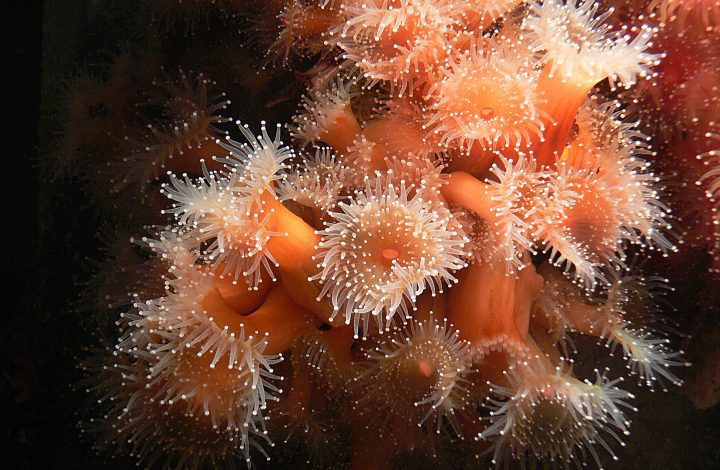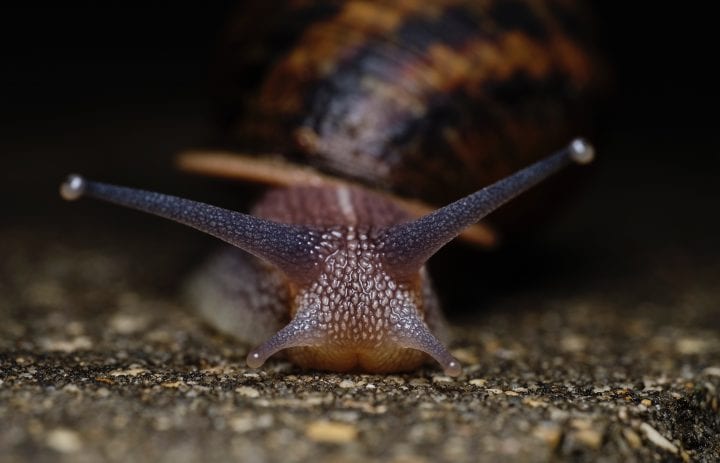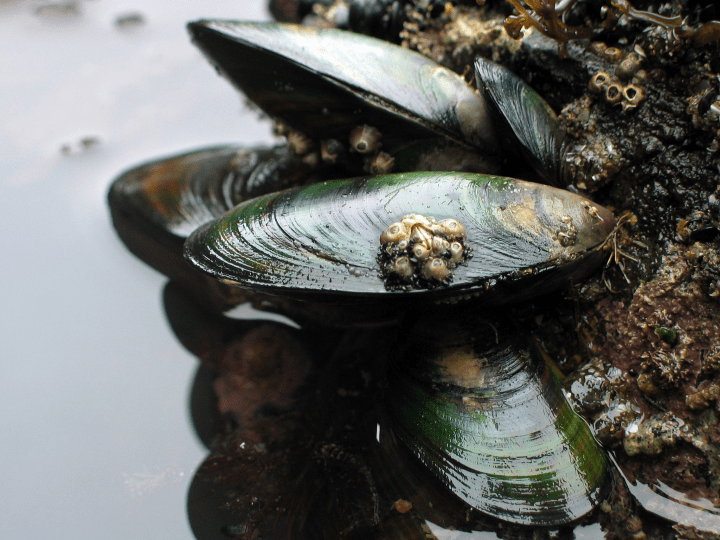Robotic gripper from Southwest University of Science and Technology
Benefits
- Versatile
- Adaptable
Applications
- Medical devices
- Underwater exploration
UN Sustainable Development Goals Addressed
-

Goal 9: Industry Innovation & Infrastructure
The Challenge
Robotic grippers are often designed with multiple finger-like components that help grasp objects. Although these have proven to be effective, the multiple components and joints can be difficult to control and are vulnerable to breaking. If the robots break, or are unable to grip a variety of objects, they will need to be re-made, leading to increased costs.
Innovation Details
The doughnut-shaped robotic gripper was inspired by the way sea anemones capture prey. Liquid pressure inside the ring controls how the robot grips and releases objects by adjusting a thermoplastic skin. When the inner skin of the ring is pulled, the exterior skin rolls inward to form a suction. By adjusting the length of the skin and the direction it rolls, researchers can control whether the robot picks up, fully engulfs, or releases an object.
Biological Model
Sea anemones are able to drastically change shape due to two mechanisms. The first is their central cavity, which has ciliary pumps that can re-inflate parts of the body by pumping water. The second mechanism is a supportive, viscoelastic, gel-like substance (mesoglea) that makes up their walls.





